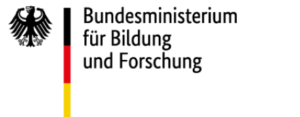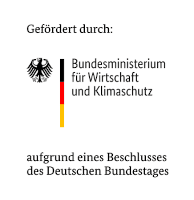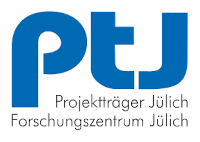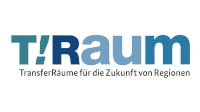The sub-working group (SWG) “Composite Fatigue” brings together representatives from industry and science who are concerned with the failure of fiber composites. The main focus is, among other things, on the fatigue of fibre composite structures, whereby service life estimation plays just as important a role as determining the degradation of the mechanical properties under cyclic loading. The SWG “Composite Fatigue” is intended as a platform for open technical discussions and the exchange of experiences. In addition to technical presentations, the focus is on the joint development of solutions to problems from everyday engineering practice. The active participation of each participant is therefore an important prerequisite. The frequency of the meetings is quarterly.
Aims of the SWG:
- Discussion and processing of current problems in the field of fatigue
- Solving current problems with the know-how of the group
- Establishment of new calculation methods
- Improvement of existing methods
- Development of new simulation approaches
- Extension of already existing simulation guidelines
- Benchmarking of calculation methods and/or software











![BMBF_CMYK_Gef_M [Konvertiert]](https://composites-united.com/wp-content/uploads/2022/03/BMBF_gefoerdert_en_rgb.jpg)









